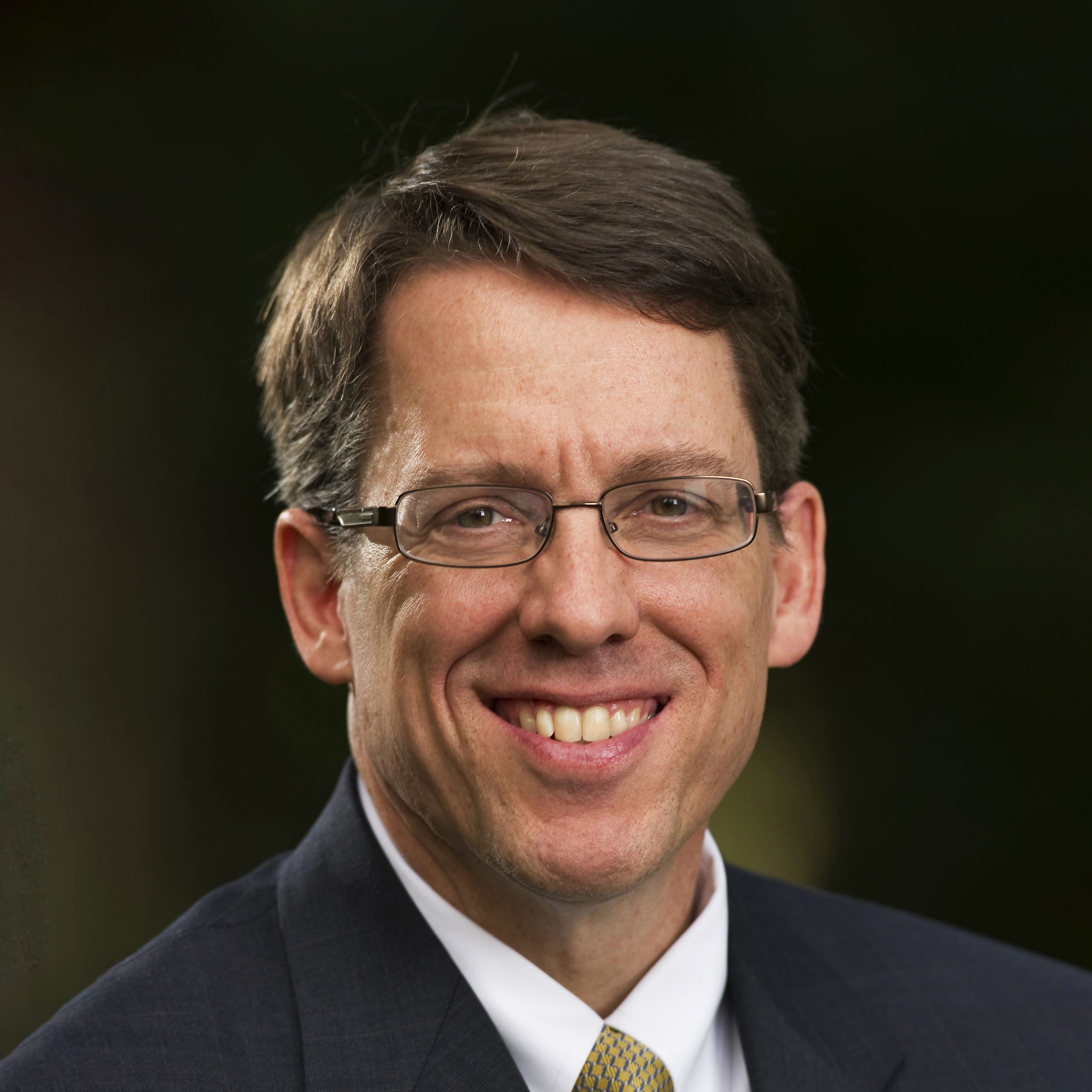Side B Christians and the Restoration of Celibacy, part 3
March 30th, 2022This is the third and final part in this series on the restoration of celibacy and the role “Side B” Christians may play in its renewal. We have established the biblical truth that both marriage and celibacy are meant to mirror the marriage of Christ and his church. The reason Paul says celibacy is “better” is not meant to rank the two, but to underscore two realities. First, celibacy is highlighted as the greater, or more fully realized, anticipation of the future. In that sense, celibates simply get “across the finished line” first on our common journey to the New Creation. Second, celibacy is “better” because it is universally experienced, whereas marriage is not. We may not all experience marriage, but we are all called to experience at least temporary states of celibacy. Those who are currently unmarried but who do not feel called to the celibate life are in this state of temporary celibacy that all people are called to prior to marriage. Married people may also experience times of temporary celibacy when, as Paul describes in 1 Corinthians 7:5, married couples mutually agree to refrain from all sexual activity for a period in order to focus on prayer and fasting. Or a widow or widower may choose not to remarry but to finish life in a state of celibacy.
So, while the calling of lifetime celibacy is an extraordinary and high calling, the temporary experience of singleness and celibacy is universal. Those who are living in this state of temporary singleness have a special window of time when they can capture a tiny glimpse of the eschatological life by focusing single-mindedly on the kingdom in the present. Whether lifetime or temporary celibacy, we all experience it as a way, in the words of Augustine, “to serve him more instantly, love him more ardently, and please him more attentively.” It is this vision of the two intertwined mysteries which led Augustine to write two landmark books. The first, On Holy Marriage where he outlines the mystery of marriage as a sacrament before God and he explores the three “goods” of marriage. The Second, “On Holy Virginity” where he explores the single-minded focus and the gift of the celibate life. Thus, marriage and celibacy anticipate the same reality in different ways. These deep mysteries are intertwined. In the Christian vision, those called to celibacy can only come into the world through the conjugal oneness of marriage, and the celibate state prefigures the time when we will all be engulfed in the final eschatological marriage of Christ and his church.
Side B Christians who experience SSA, but are seeking to be faithful to Christ by embracing celibacy are part of a glorious recovery of celibacy being re-discovered all over the world. We have experienced the birth and renewal over the last century of Protestant monasteries: Taizé in France (founded, 1944), Jesus Abbey in S. Korea, St. Bridget of Kildare, the first Methodist monastery, etc. There are now over 100 Protestant monastic groups which have arisen as a part of the neo-monastic movement. Many more choose not to live in monastic communities, but follow the equally well-trodden path of those who live out their celibacy in the full range of vocations in the world. Could it be that “side B” Christians may be the very ones who re-ignite the lost path of celibacy in the Protestant world? This would be a gift of inestimable value to the larger church.
Feedback
Please fill out the form below if you would like to provide feedback to Dr. Tennent concerning this blog entry.


